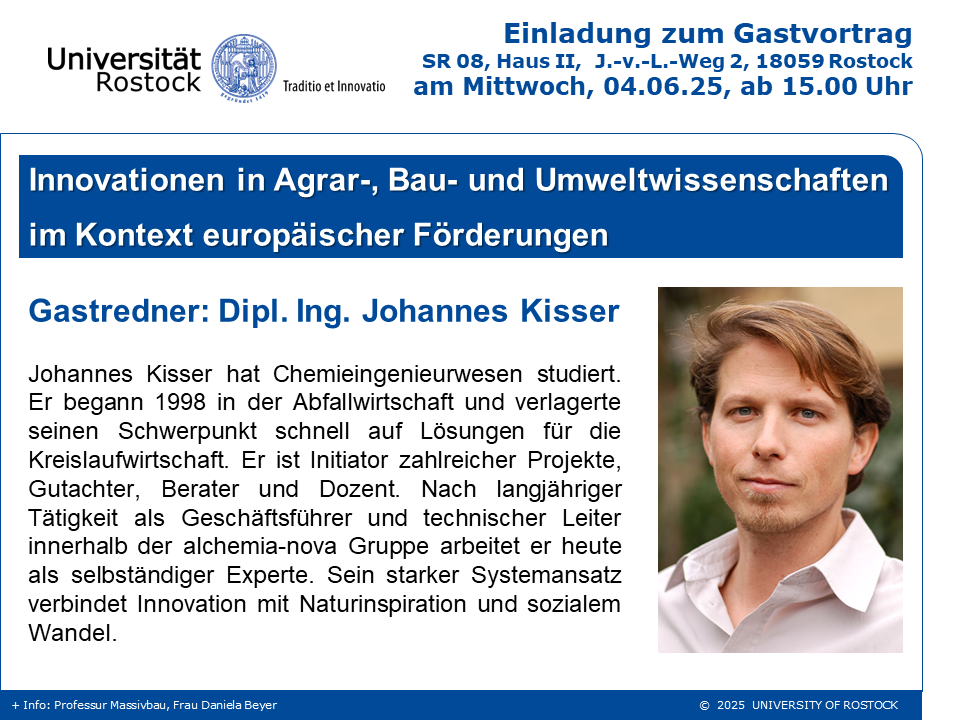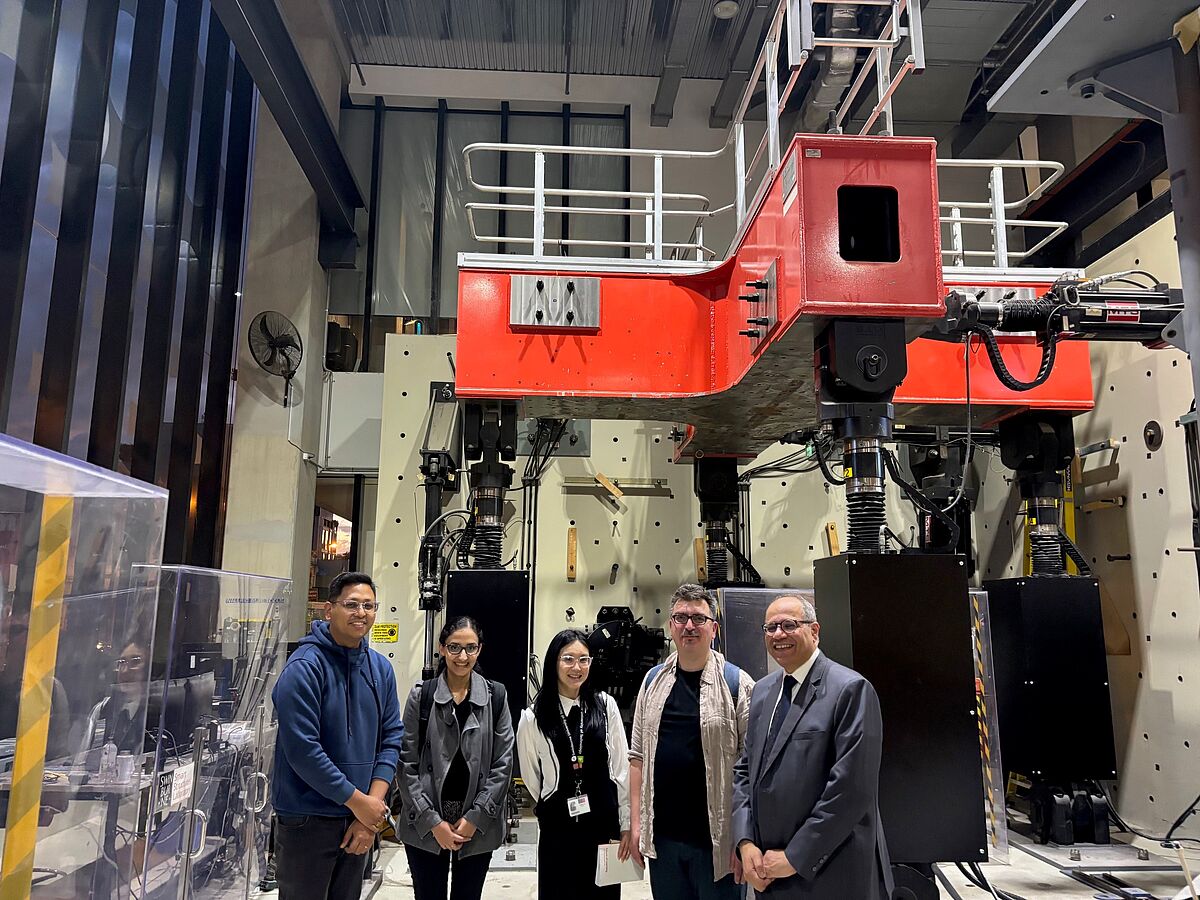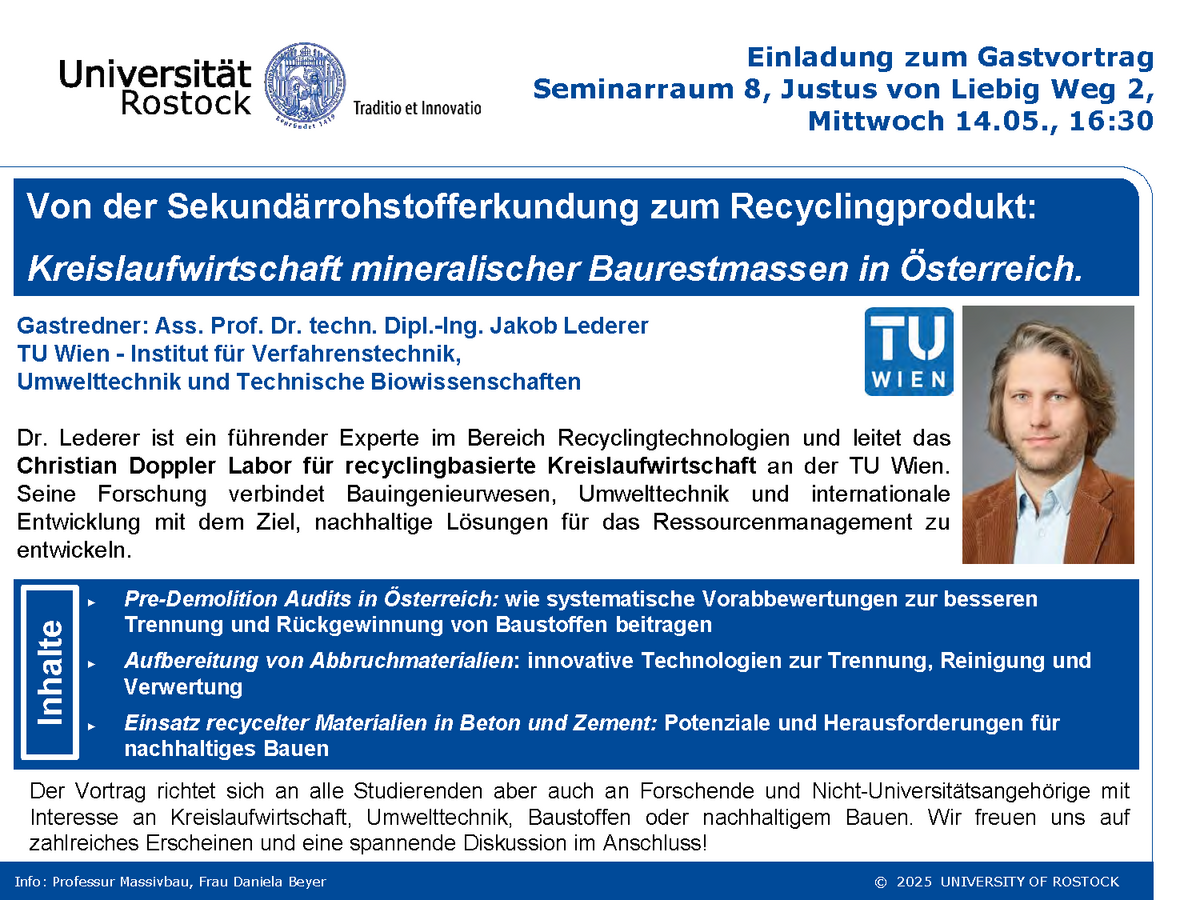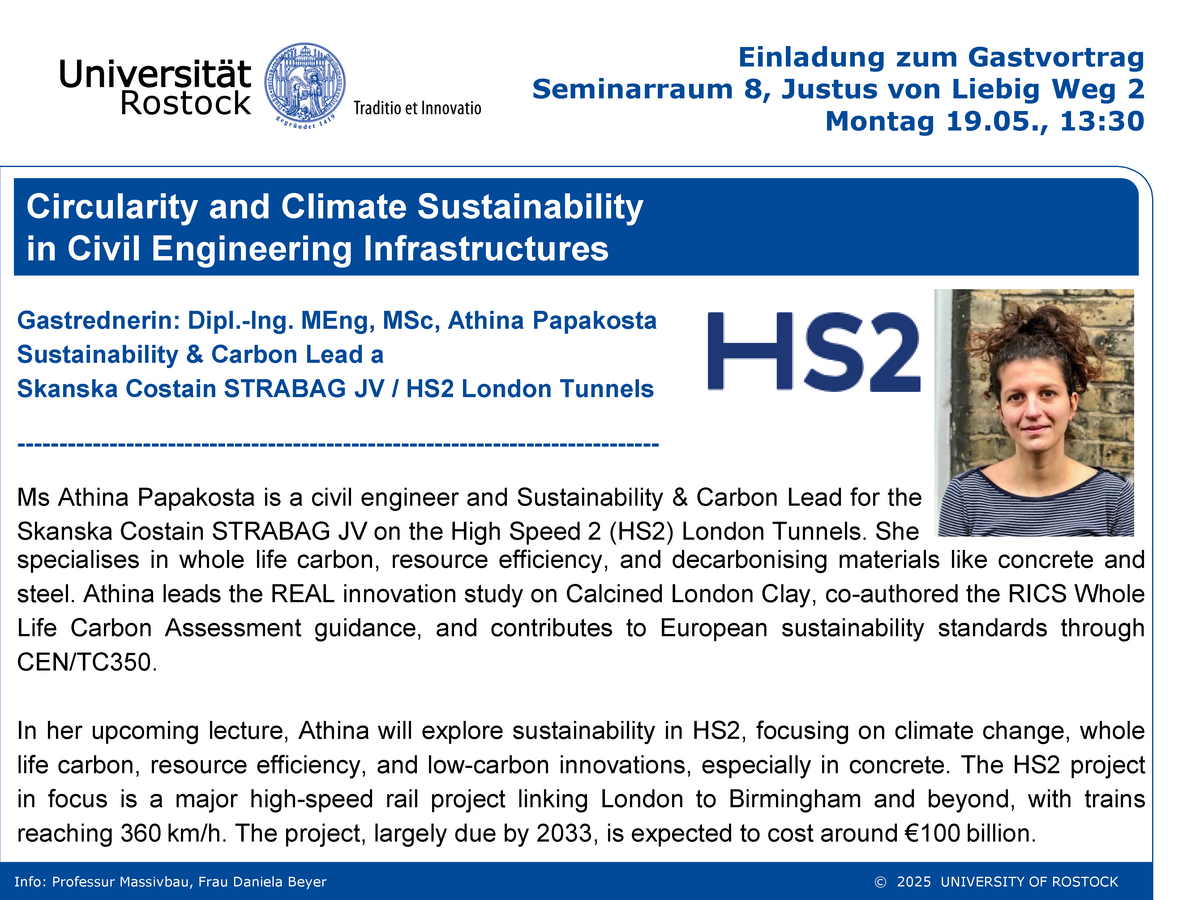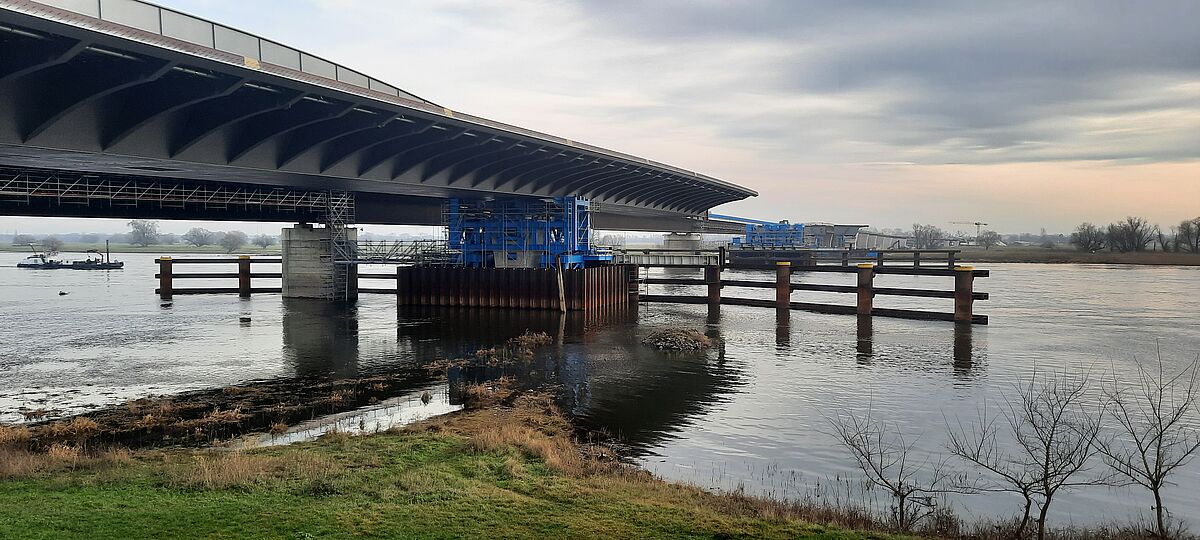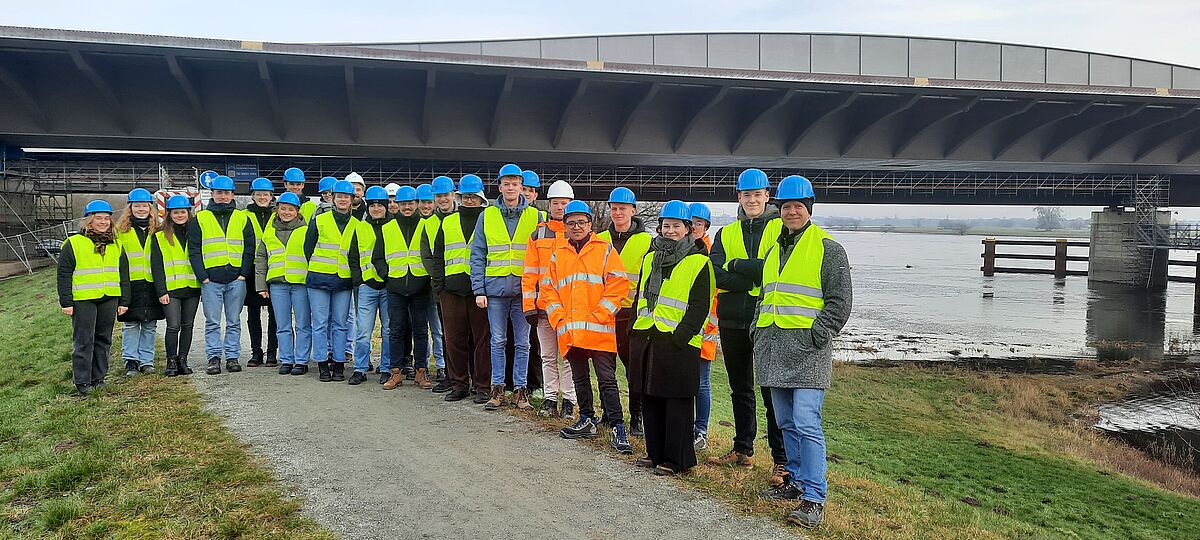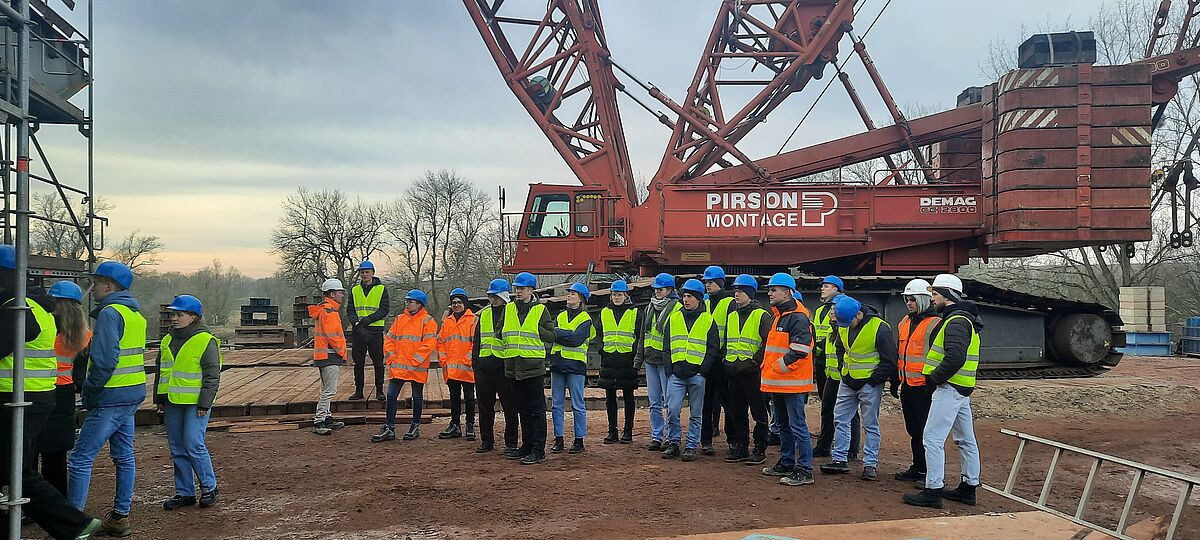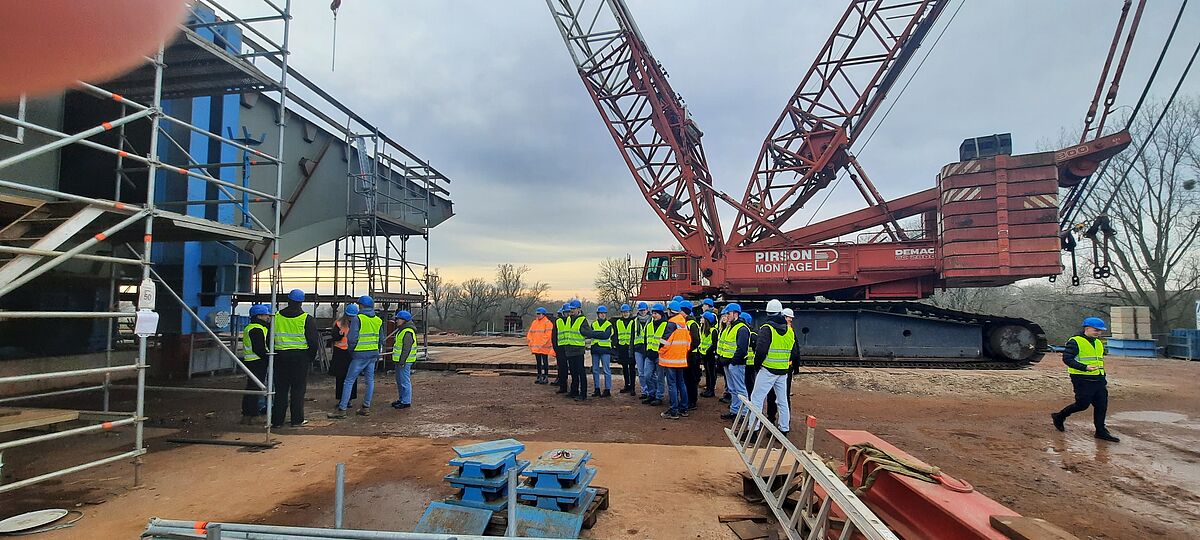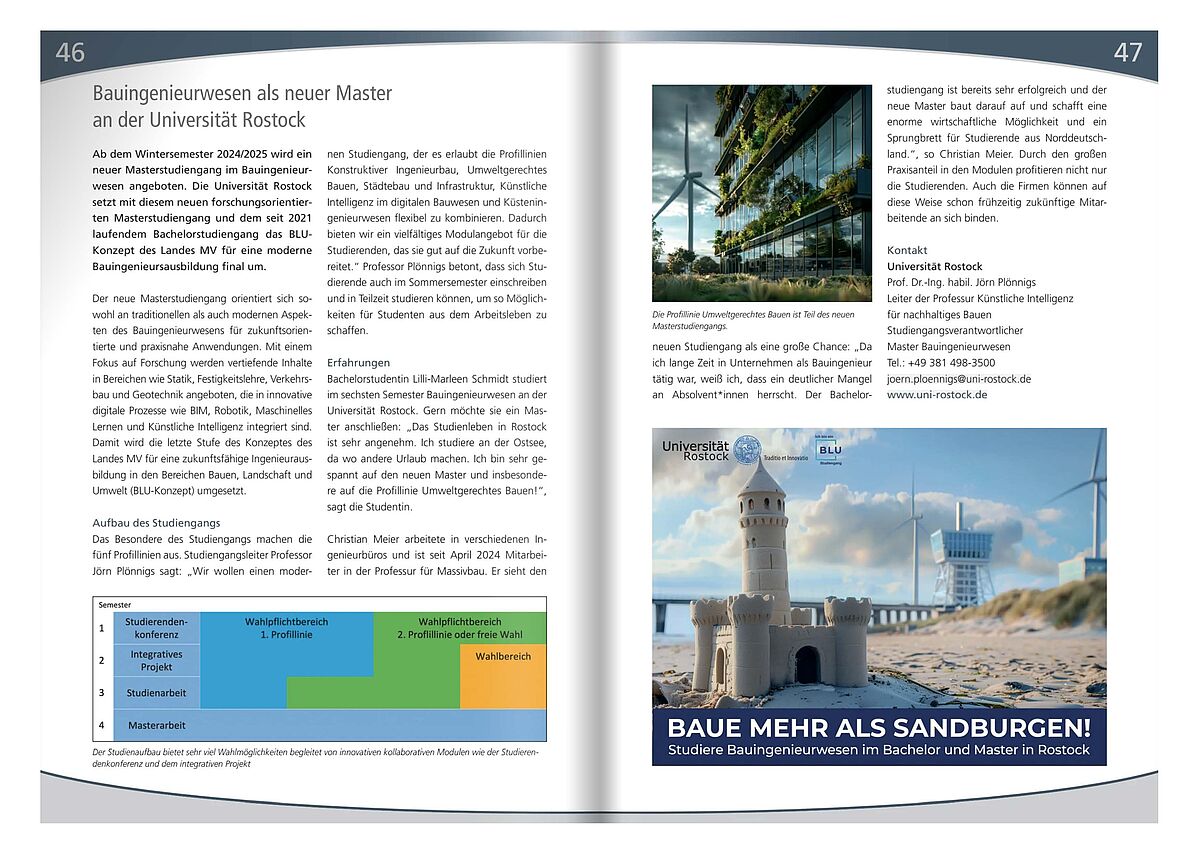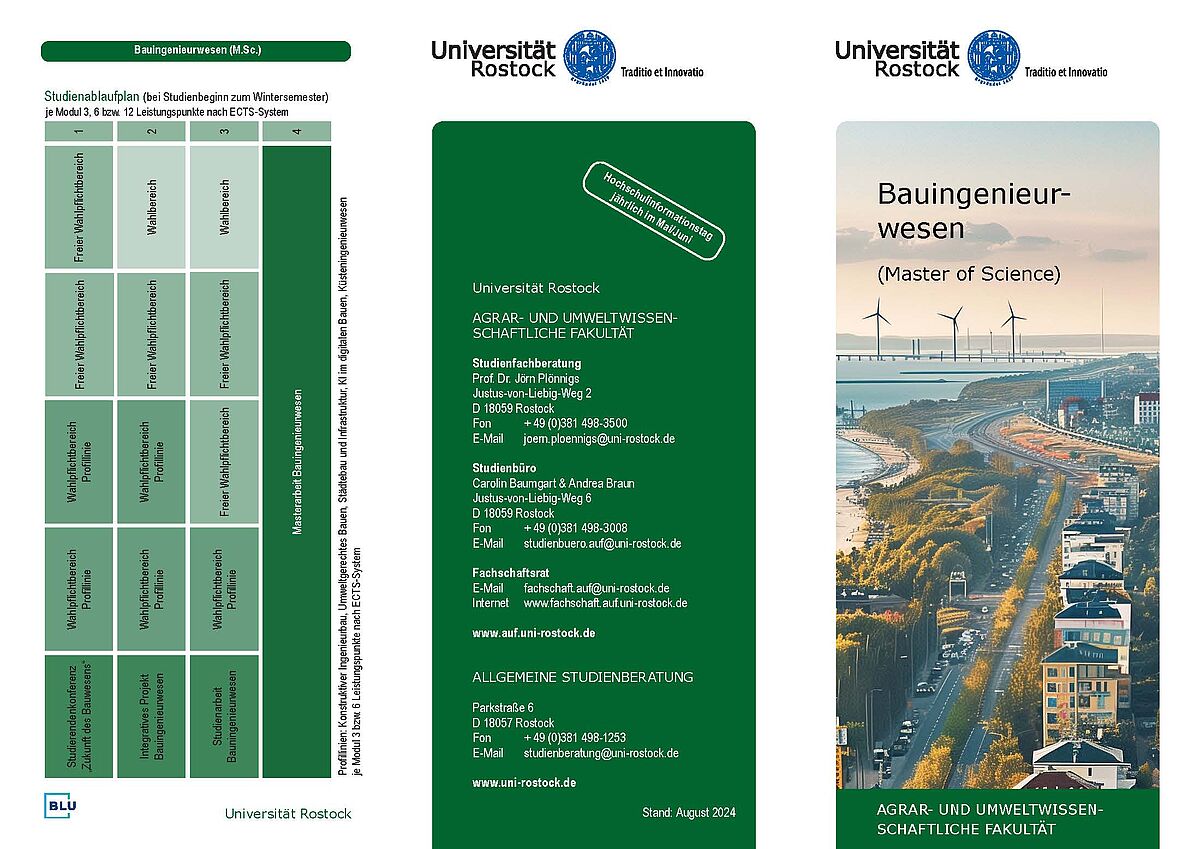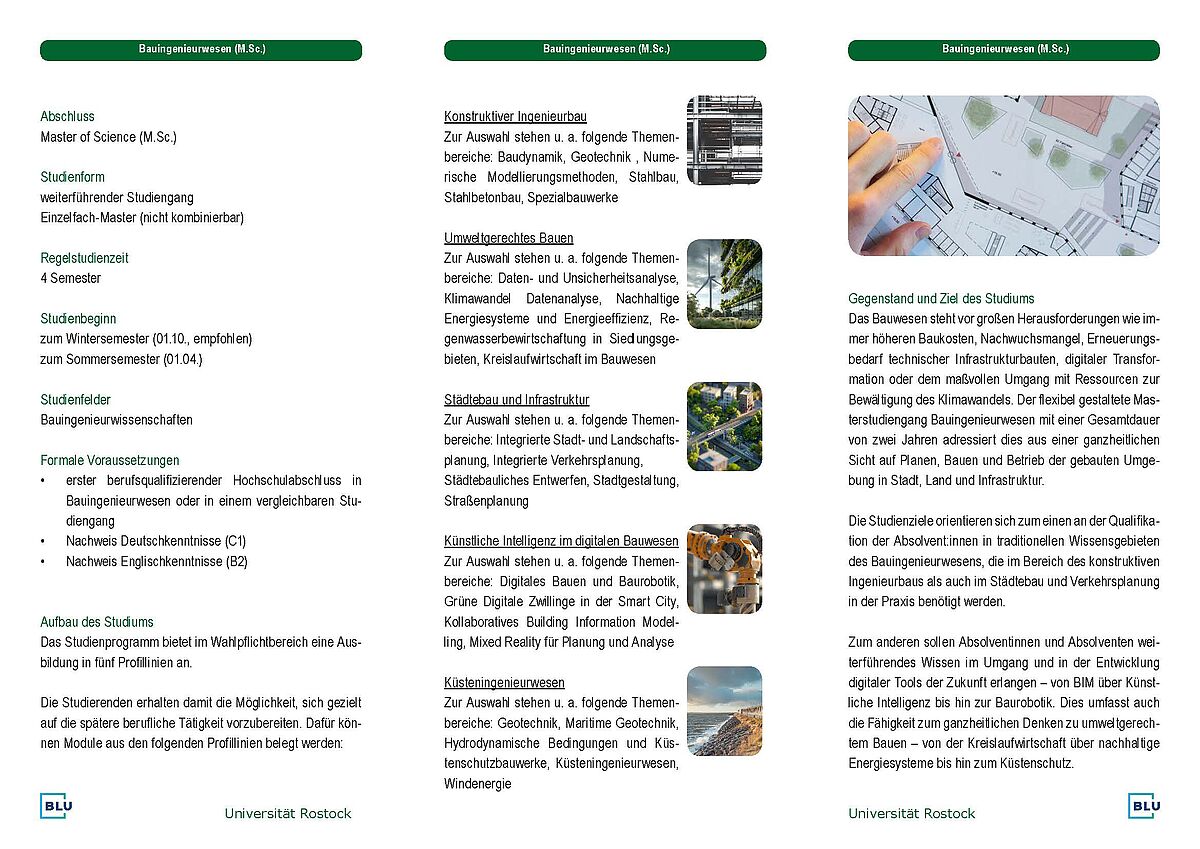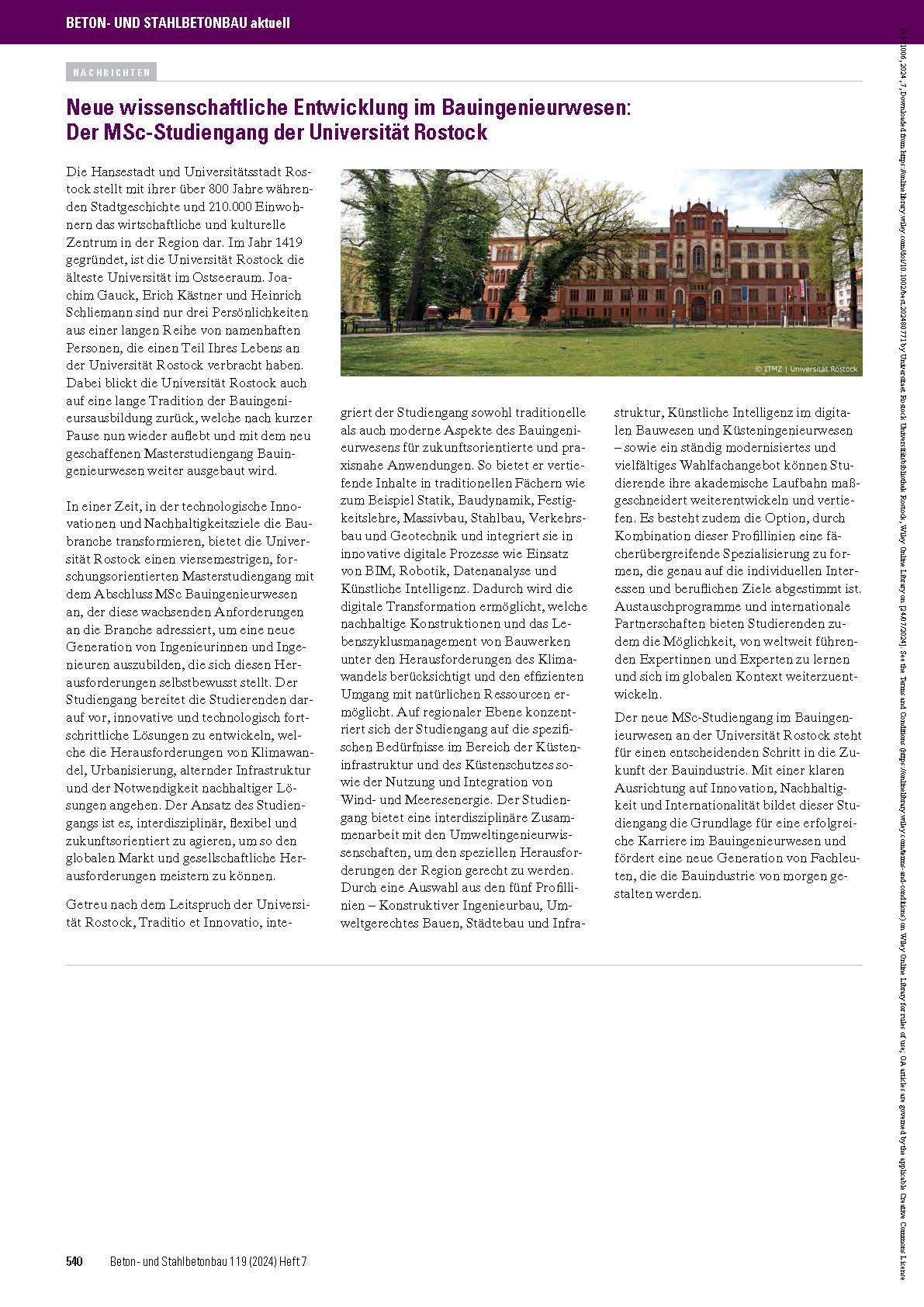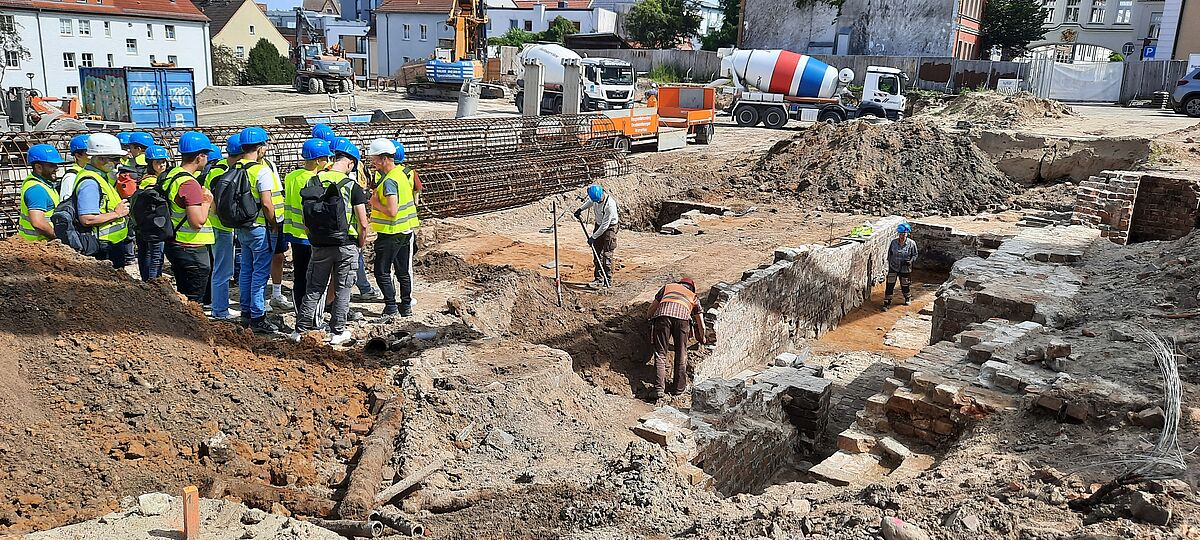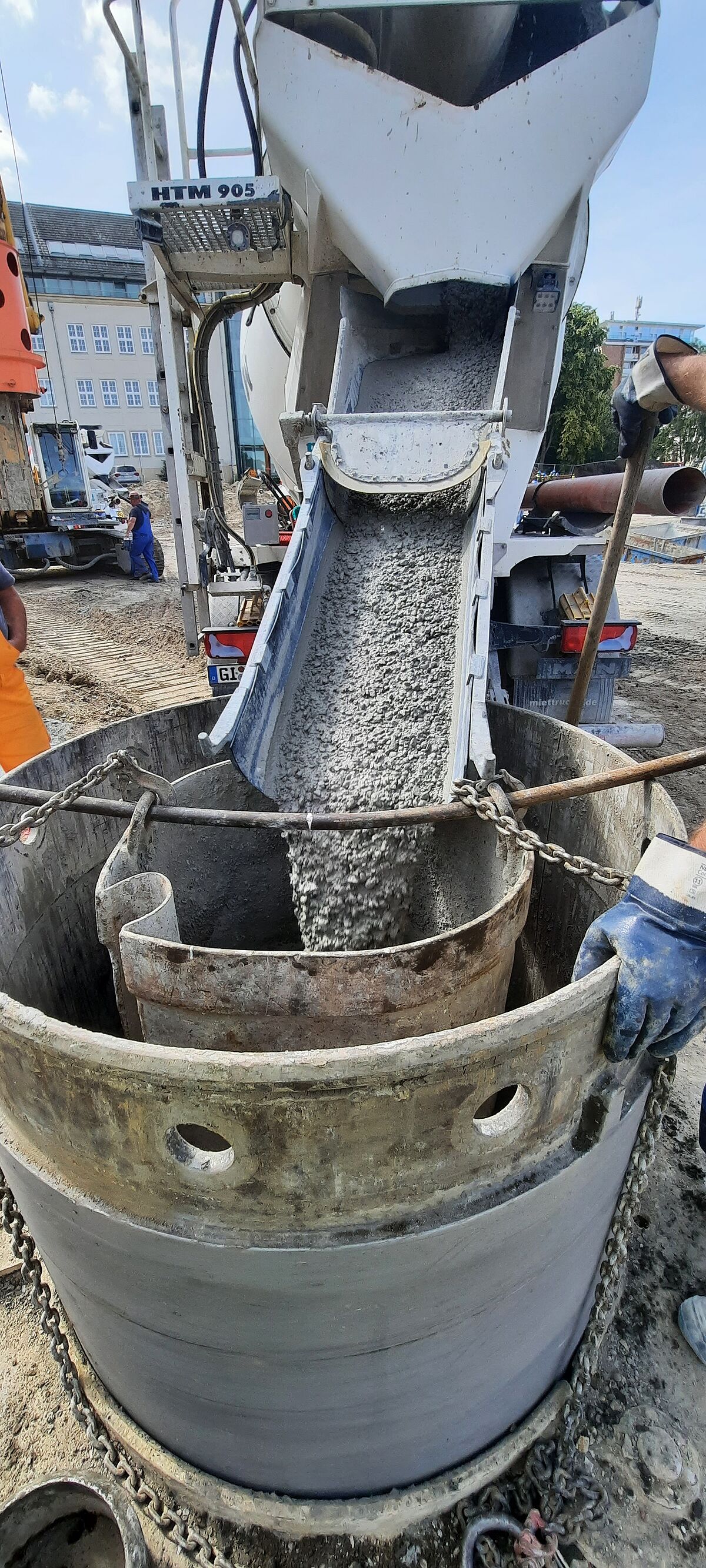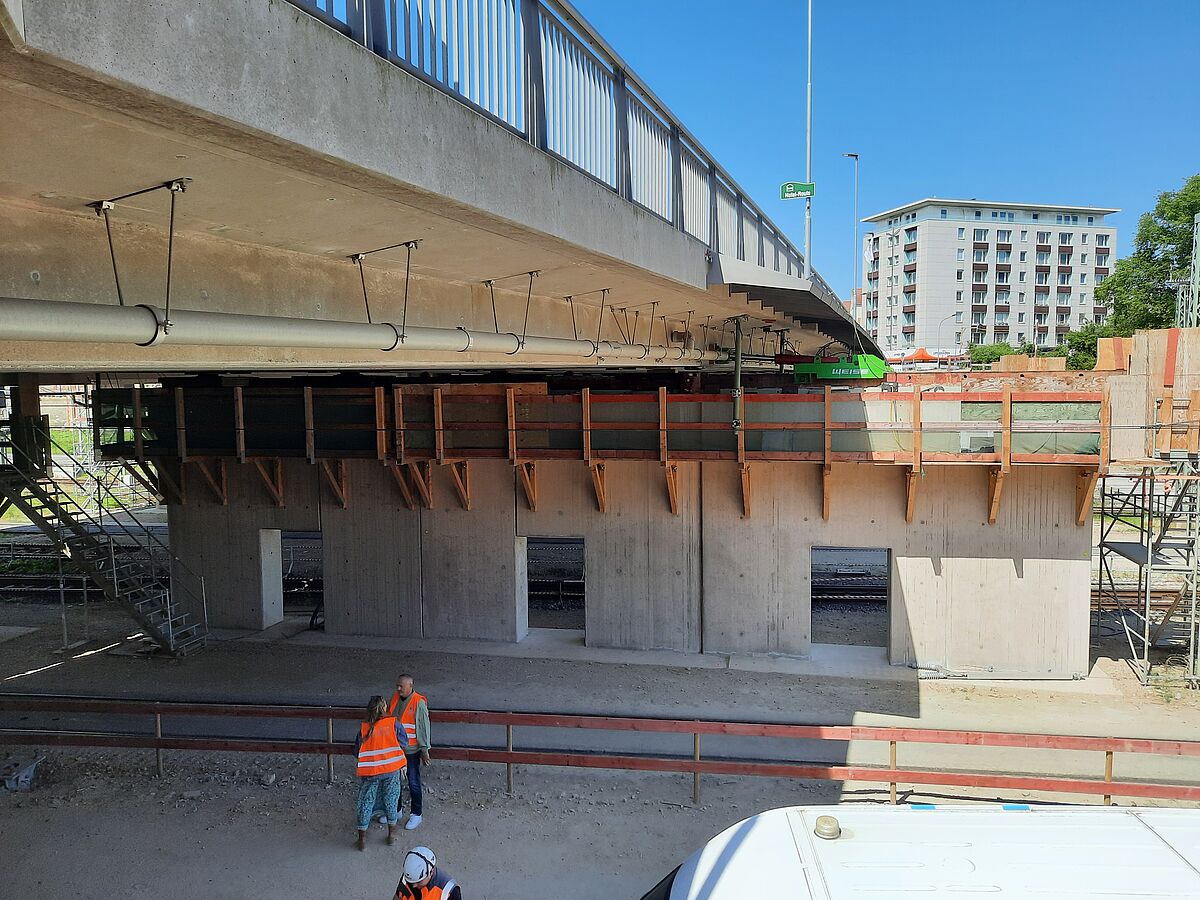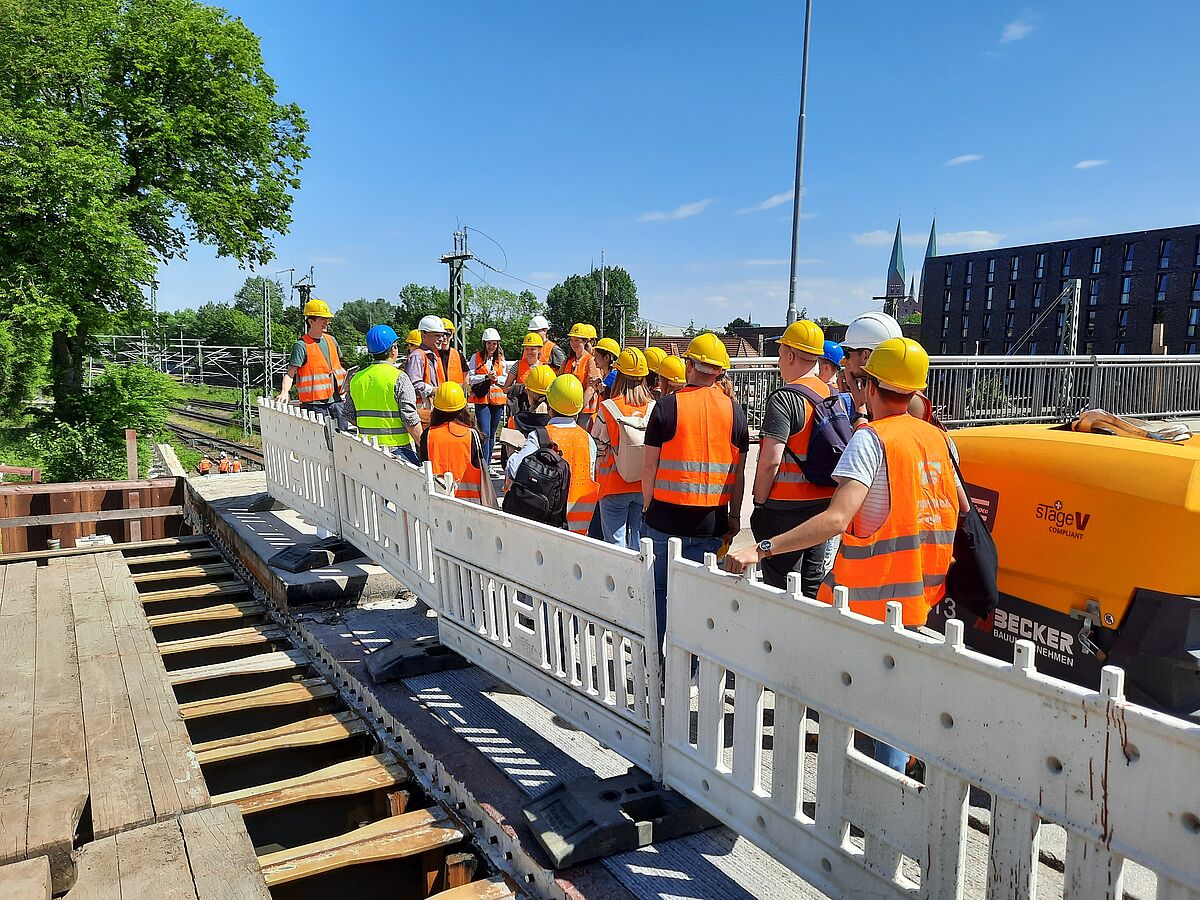Invitation to an interesting guest lecture “Innovations in agricultural, construction and environmental sciences in the context of European funding”
We cordially invite you to an exciting guest lecture on the current topic of “Innovations in agricultural, construction and environmental sciences in the context of European funding”. The event is aimed at all AUF students, scientists and professors.
Guest lecture: “Innovations in agricultural, construction and environmental sciences in the context of European funding”
Wednesday, June 04, 2025, 3:00 pm
Seminar room 8, building II, Justus-von-Liebig-Weg 2, 18059 Rostock
Guest speaker: Dipl. Ing. Johannes Kisser - internationally recognized expert for circular economy and nature-based solutions
You can look forward to an expert insight into innovative approaches for a circular and sustainable future.
We look forward to your participation and a lively discussion after the presentation.
Visit to Swinburne University – Exchange on Cutting-Edge Research in Structural Engineering
Last week, Prof. Panos Spyridis visited Swinburne University of Technology in Melbourne for an inspiring exchange with Prof. Emad Gad, Dean of the School of Engineering, and his high-profile team (from left to right): PhD candidate Rajbhandari, Dr. Anita Amirsardari, and Assoc. Prof. Jessey Lee.
We explored the Advanced Technologies Centre, including the concrete 3D printing facilities and the unique Multi-Axis Substructure Testing (MAST) system – a world-class infrastructure for experimental research in structural dynamics.
Invitation to two exciting guest lectures on the circular economy and sustainability in the construction industry
We cordially invite you to two top-class guest lectures on current topics relating to the circular economy, sustainable construction and resource efficiency in the construction industry. The events are aimed at students, scientists and experts from the field who are interested in environmental technology, building materials and sustainable infrastructures.
1st guest lecture: “From secondary raw material exploration to recycled product: circular economy of mineral construction waste in Austria”
Wednesday, May 14, 2025, 4:30 p.m.
Seminar room 8, Justus-von-Liebig-Weg 2, 18059 Rostock
Guest speaker: Ass. Prof. Dr. techn. Dipl.-Ing. Jakob Lederer (TU Vienna)
Dr. Lederer will present innovative approaches to the recycling of demolition materials, including:
- Pre-demolition audits for optimized material separation
- Technologies for processing and reuse
- The use of recycled materials in concrete and cement
2nd guest lecture: “Circularity and Climate Sustainability in Civil Engineering Infrastructures”
Monday, May 19, 2025, 1:30 p.m.
Seminar room 8, Justus-von-Liebig-Weg 2, 18059 Rostock
Guest speaker: Dipl.-Ing. MEng, MSc Athina Papakosta (HS2 London Tunnels, Skanska Costain STRABAG JV)
Athina Papakosta sheds light on sustainability strategies using the example of the HS2 high-speed rail project in the UK, with a focus on:
Climate protection and whole-life carbon
resource efficiency
Innovations in the field of CO₂-reduced building materials
We look forward to welcoming you and to the professional exchange following the presentations.
Yours sincerely
Chair of Solid Construction
University of Rostock
Contact: Ms. Daniela Beyer daniela.beyeruni-rostockde
Report on our students' excursion to one of the largest bridge construction sites in northern Germany on 22.01.2025
On January 22, we met at Justus-von-Liebig-Weg to travel together by coach to the construction site of the new Elbe bridge in Wittenberge. Our journey first took us to the construction site office, where we were given an interesting presentation by DEGES on the planning and execution of the construction work. The scope and diversity of the various aspects that ultimately led to a bridge solution were particularly noteworthy. Further interesting information on the construction project can be found on the following website:
www.deges.de/projekte/projekt/a-14-abschnitt-3-as-seehausen-nord-bis-wittenberge/
After the project presentation, we went to the construction site. Here we were able to look around and ask questions. First, we took a look at the straw bridge, which is being built using composite steel construction. The straw bridge is assembled in what is known as a “shunting cellar” and pushed across the Elbe in cycles. Shortly after our excursion, a large shunting operation was due to take place across the Elbe, for which preparations had already been made. A special feature of the Straw Bridge is the orthocomposite deck slab, which required approval in individual cases (ZiE) during the approval process and is the only one of its kind in Germany.
We were given a great insight into the steel construction of the large bridge cross-section, the dimensions of which are almost reminiscent of a ship.
The abutments and piers made of reinforced concrete were also interesting. In the further course of our tour of the construction site, we were taken to the foreshore bridges. The foreshore bridges are constructed using prestressed concrete on a launching gantry. It was incredible for us to see the amount of earth being moved in front of and behind the structure.
After this exciting tour of the construction site, we took the coach back to Rostock, where we arrived punctually at 6 p.m. after an unforgettable day.
Translated with DeepL.com (free version)
Report “Civil Engineering as a new Master's degree at the University of Rostock” in the study handbook published in December 2024
We can now also be found in the study handbook, which was published in December 2024.
Copies are distributed to:
- High schools in MV and the surrounding area as well as state employment agencies at career information centers (BIZ).
- Via the civil engineering faculty days and student council days (universities of applied sciences) to prospective students, student advisors, technical colleges and vocational academies.
- As an accompanying publication at career fairs
- E-dispatch (ut this requires a request.)
see also link: https://online.fliphtml5.com/azcn/ulen/#p=49
Civil Engineering degree course winter semester 2024/2025 started in October 2024
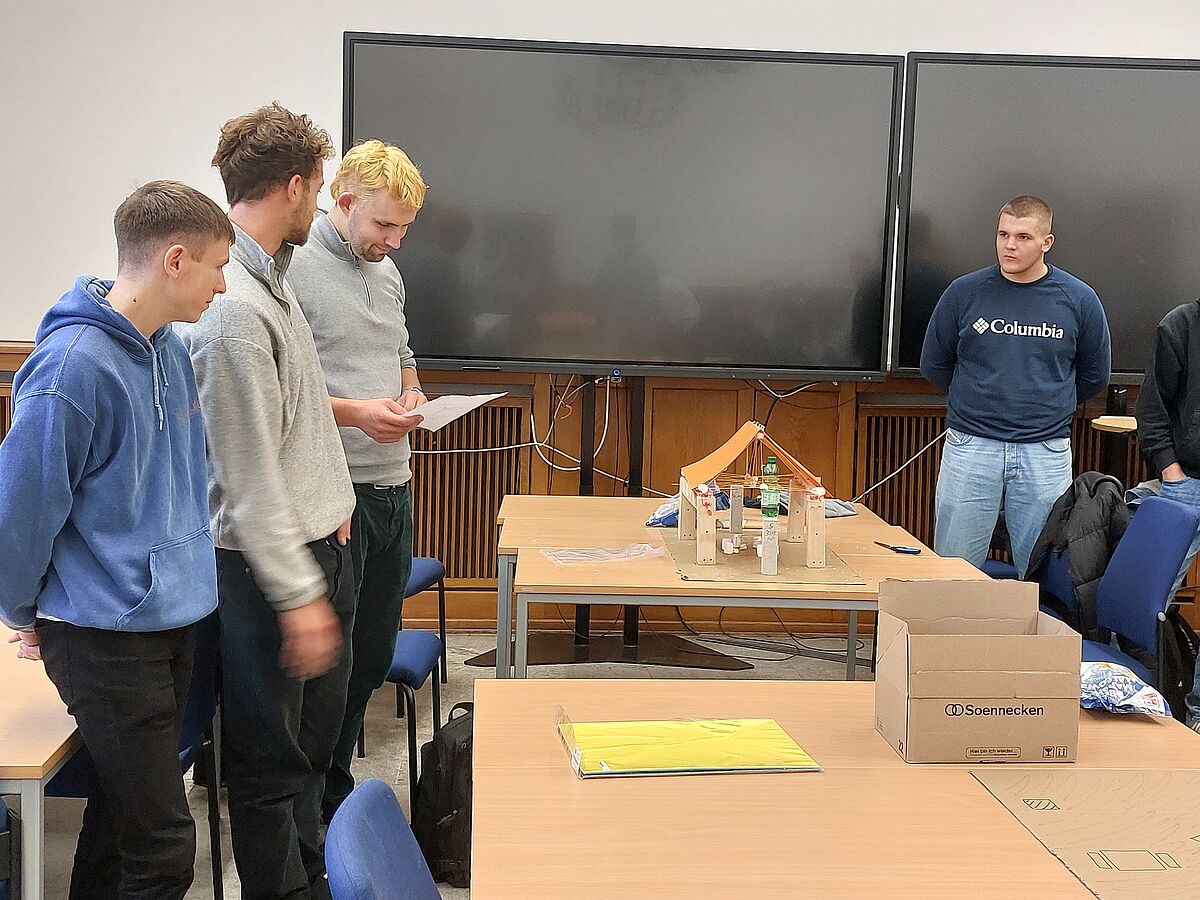
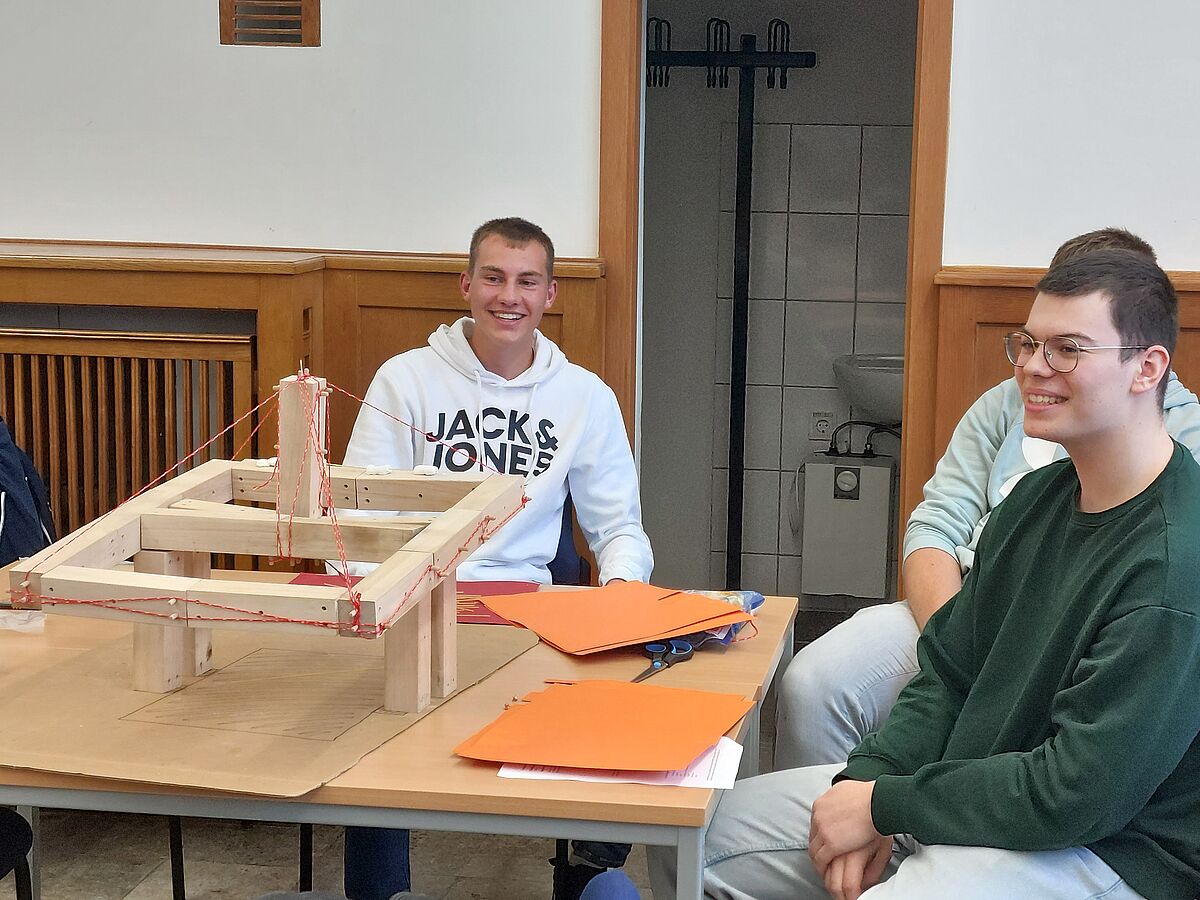
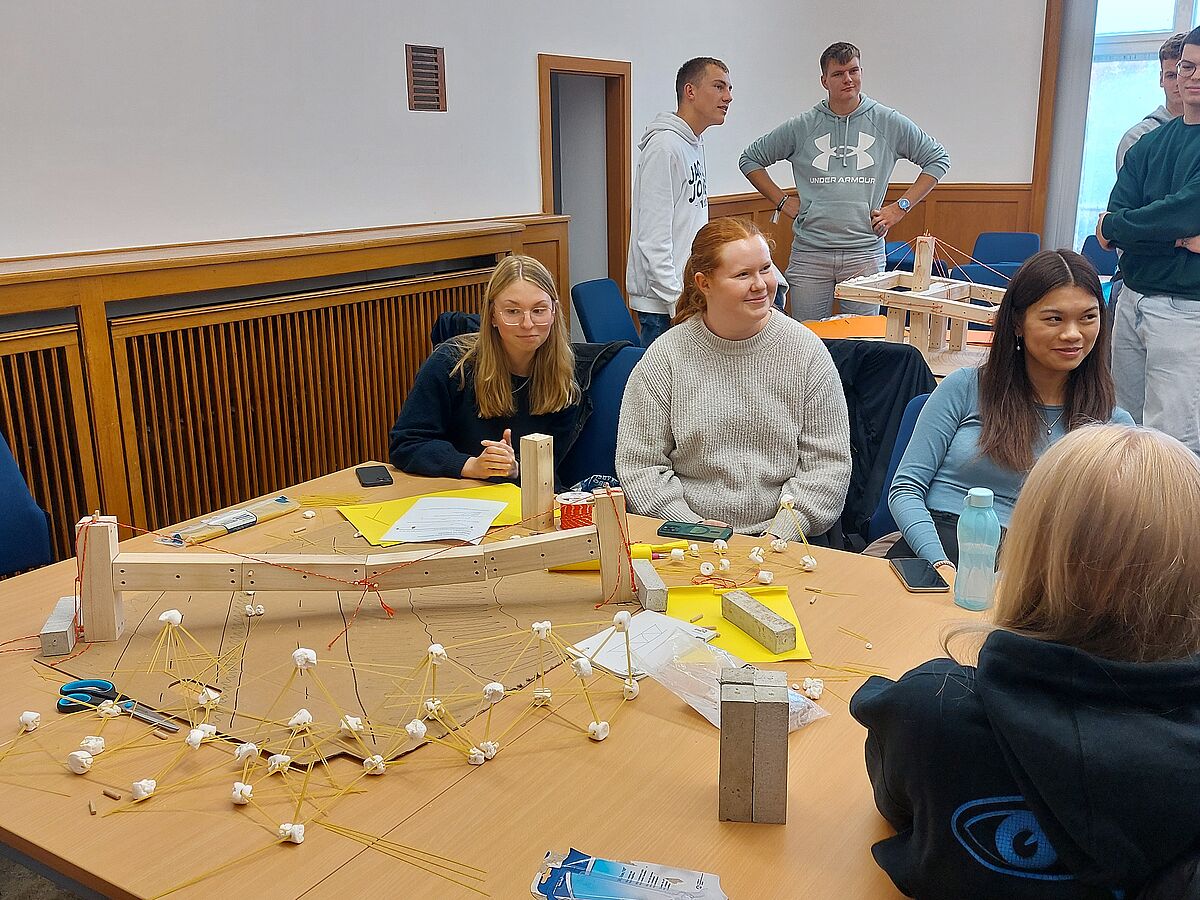
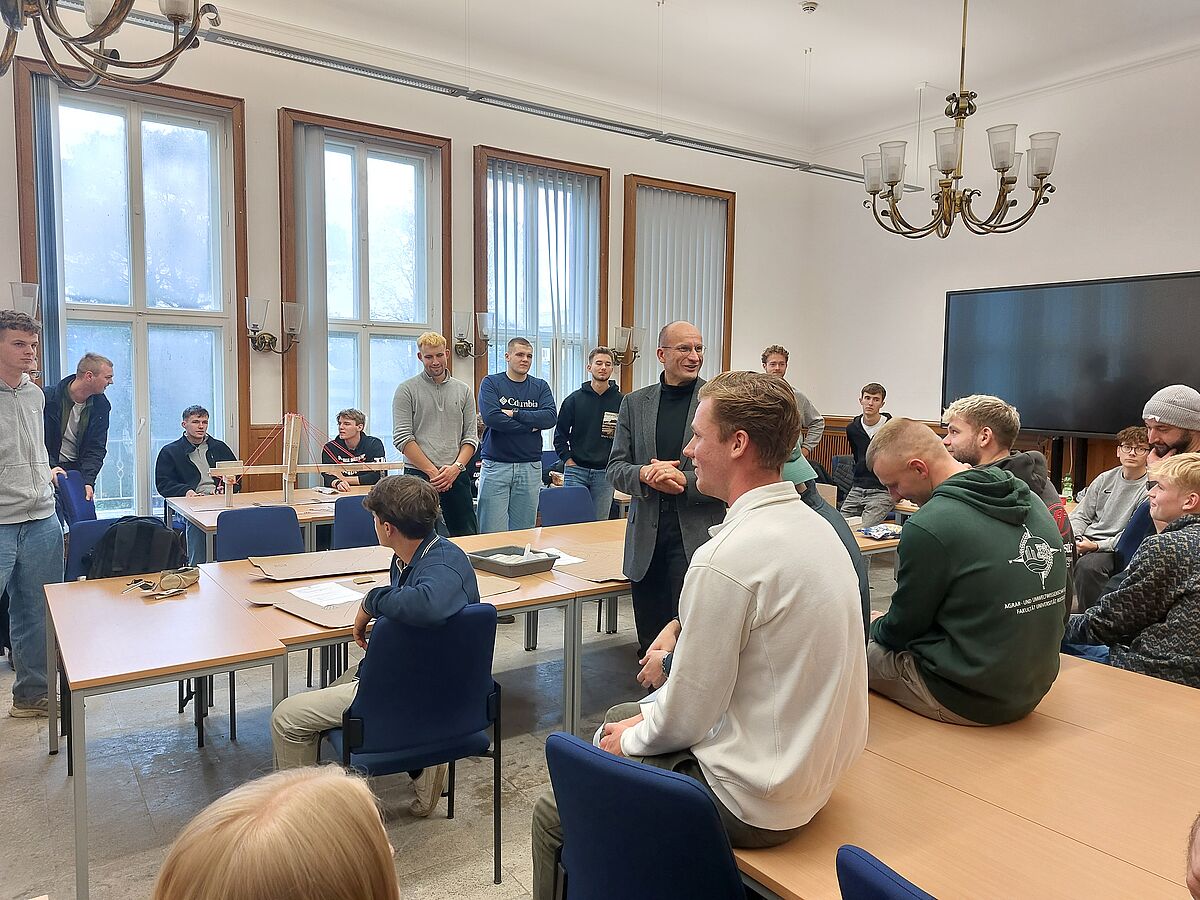

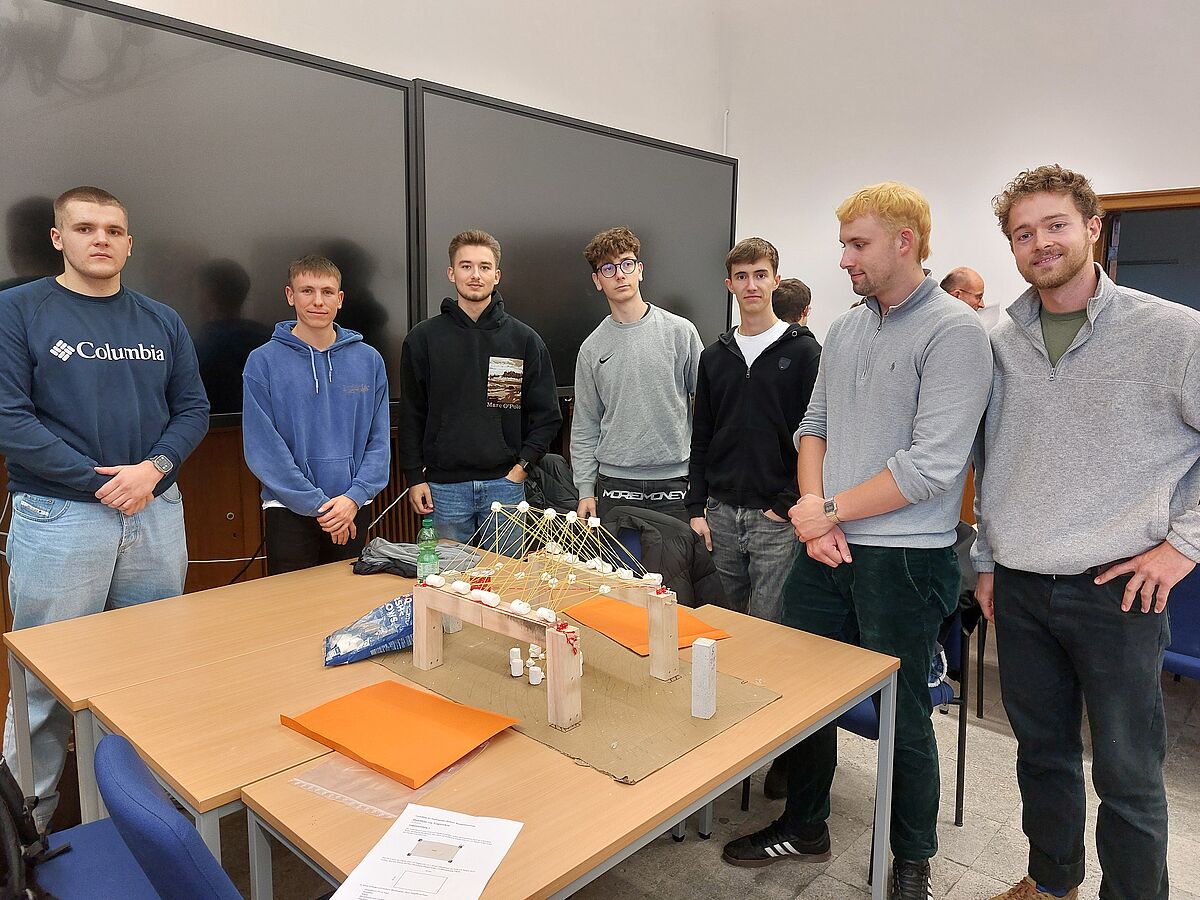
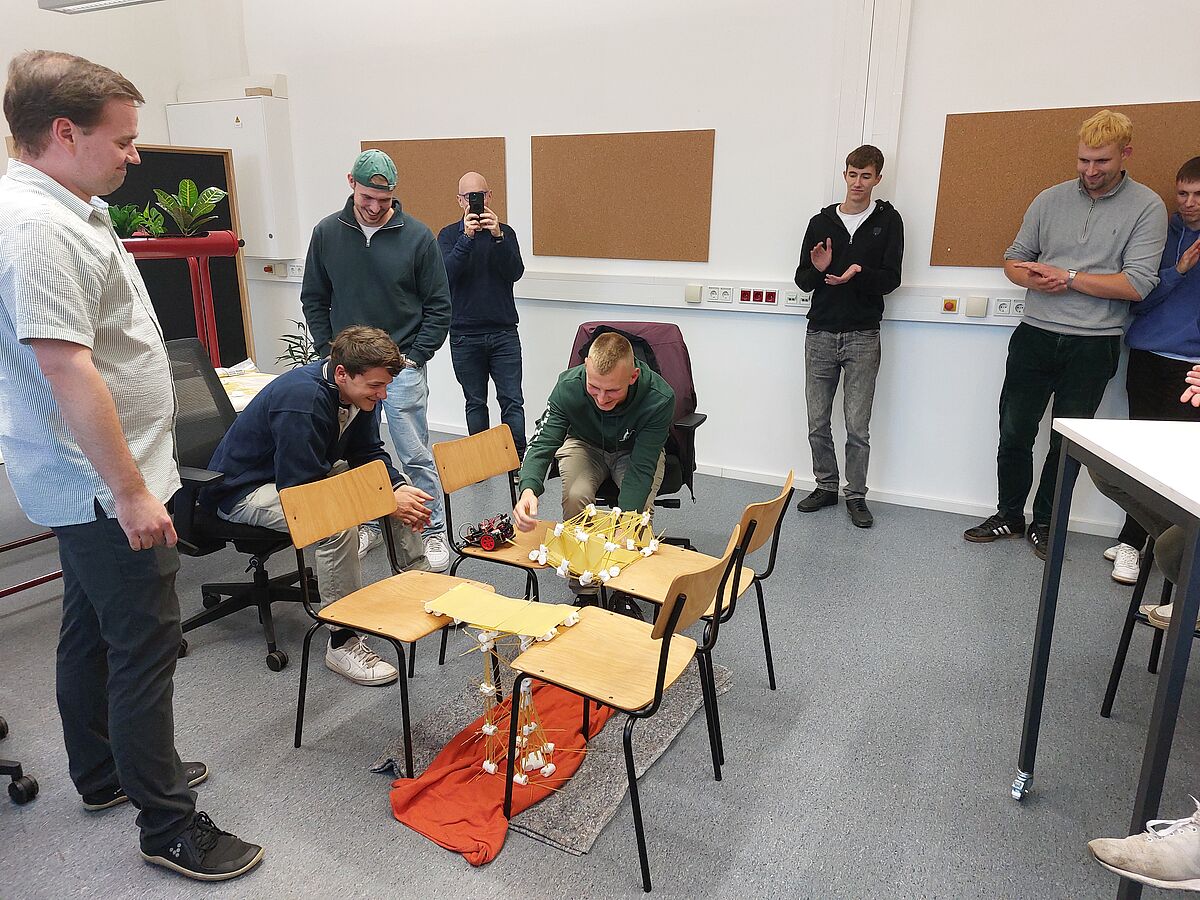
The winter semester 2024/2025 has begun and we welcome our new students to our faculty.
In the first week, our new students received all the information about the Civil Engineering degree program and also information about student life during the so-called introductory week.
In a joint project work on the topic of “bridge construction”, the new fellow students and older students were able to get to know each other and exchange ideas.
As part of this project, the new students were given marshmallows and spaghetti to build a bridge.
Extraordinary ideas were created, which were then presented in a presentation.
In addition, the new students were able to realize their ideas in this project, which they also associate with the civil engineering course.
In the Master's course, however, the students were already putting what they had learned into practice. They also had to build a bridge out of spaghetti and lasagne sheets. The bridge was then tested for stability using a remote-controlled car and assessed by other students and teaching staff.
Of course, the teaching staff also presented the lecture halls and seminar rooms as well as information about the course content and examinations during this week.
Last but not least, there was of course a hearty welcome from our student council.
We wish all our students on the Civil Engineering course a successful winter semester 2024/2025 and look forward to a lively participation in the lectures!!!
Master's degree course in Civil Engineering from the winter semester 2024/2025 in Rostock
The faculty will offer the Master's degree course in Civil Engineering from the winter semester 2024/2025. The course has successfully undergone an internal accreditation procedure and meets the standards of the Conference of Ministers of Culture and the University of Rostock. The internal accreditation is valid until September 30, 2032.
An overview with general details and information on admission for this degree program can be found here
Press article on the new Master's degree course in Civil Engineering published in the magazine Beton- und Stahlbetonbau aktuell 7/24:
Town hall excursion in Rostock on 20.06.24
A building is currently under construction in Rostock that represents a milestone for the inner-city development of the Hanseatic and university city of Rostock. The extension of the town hall building.
The construction project includes the construction of two new buildings. On the one hand, this includes the construction of a “double-gabled building” in which the registry office will also hold marriage ceremonies. The “double-gabled house” closes a structural gap that was created by the destruction of a historic double-gabled house from the 14th century during the Second World War. The building will also house a new town hall, offices and conference rooms. The building project also includes the construction of a new administration building with modern room structures, for which the German Sustainable Building Council (DNGB) is aiming for gold certification.
On June 20, around 20 students from the University of Rostock took part in an excursion to the construction site of the town hall extension. At the beginning, Stefan Bölkow (Head of the New Construction/Refurbishment Department at KOE) and Torsten Ruwoldt from the planning office MHB Rostock gave a detailed and very interesting presentation of the project. Points such as: Construction site logistics, building pit shoring, structural details, structural waterproofing, design aspects, building boundaries, building heights, space utilization concepts, etc. were clearly explained.
After the presentation of the project in a construction container, we went to the construction site, where archaeologists were uncovering medieval foundations and documenting their location. At another point on the construction site, the production of large bored piles for a tangential bored pile wall could be observed.
We look forward to the next visit to the construction site and the opportunity to experience the town hall extension at first hand and witness the growth of the two buildings.
(Further information on the project can also be found at: https://www.koe-rostock.de/projekte/rathauserweiterung.php),
Further information on the excursion can be found at https://www.linkedin.com/posts/arndt-draheim-7774a3248_rostock-bauingenieur-werkstudent-activity-7211022953637949440-RBQB?utm_source=share&utm_medium=member_android
or about the civil engineering course at: https://www.linkedin.com/pulse/heute-als-rostocker-student-auf-der-hxdoe?utm_source=share&utm_medium=member_android&utm_campaign=share_via)
Excursion on 18.05.2024 in Lübeck
On 18 May, students from the University of Rostock had the opportunity to experience the very interesting construction technology of bridge transverse displacement by several meters on site as part of an excursion by the Chair of Concrete Construction to the construction site of the station bridge in Lübeck. The eastern part of the bridge is to be moved about 7 meters closer to the western part of the bridge using hydraulic presses. In addition to the bridge transverse shifting, we were able to visit the entire construction site and ask the people involved questions. This gave us a unique insight into the planning documents. The challenge of the technical execution was explained to us and the corresponding solution approach was presented. The day before the excursion, the planning team from Inros-Lackner SE and the construction company Becker GmbH & Co. KG gave us detailed insights into the planning and construction of the building in a two-hour project presentation.
An interesting bridge construction project has been realized in Lübeck in recent years. At 115 years old, the old station bridge no longer met today's requirements and had to be replaced by a new structure in a complex inner-city environment. The new station bridge has two separate superstructures, which were built using rolled concrete girders. Both superstructures rest on solid reinforced concrete substructures. The structure is founded on deep foundations using large bored piles and shallow foundations. The superstructures are monolithically connected to the substructures at the flat-founded abutment via a frame corner.
The entire project can be divided into several stages. The transverse shift in May of this year was just one of them, until traffic is expected to flow again from fall 2024.
(see also: www.inros-lackner.de/aktuelles/news/fachexkursion-brueckenbau)

